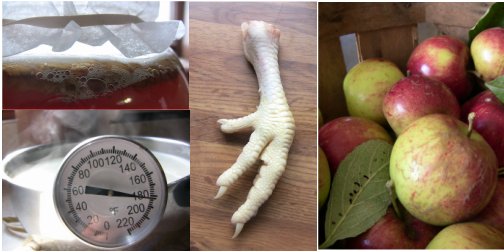Remember back in November when we butchered our lamb? Well, we've discovered that ground lamb does NOT replace ground beef. It tastes awful in spaghetti, chili and other recipes I normally make. However, the lamb works perfectly in these pasties. After farmers market and Thanksgiving, I had a lot of small pie dough balls in the freezer, too well-worked for pies but still good to use for these pasties, plus the recipe uses several eggs (which we have in abundance now, thanks to tripling the size of our hobby farm).
Pasty Recipe
Ingredients:
1 carrot, diced
1 large potato, in 1/2" cubes
1 egg
3 oz. ground lamb
1/2 tsp. salt
Dash of pepper
*****
1 lump (size of a small lime) of frozen pie dough, thawed
1 egg + water for egg wash
Spices to sprinkle on top
These ingredients make one serving size. You can double or triple the amount of these ingredients for more or bigger pasties.
Instructions:
Preheat oven to 350 degrees F and line a cookie sheet with parchment paper. Mix first six ingredients together in a bowl. Roll pie dough out into a disk shape, then spoon veggie mixture onto dough circle.
The last reason I posted this is for the lack of "portable" meals in my meal plan. Being able to pack a lunch means being able to skip eating out and thus save time and money. This is NOT something I'm good at, so as you can imagine I was excited to rediscover this convenient old favorite.
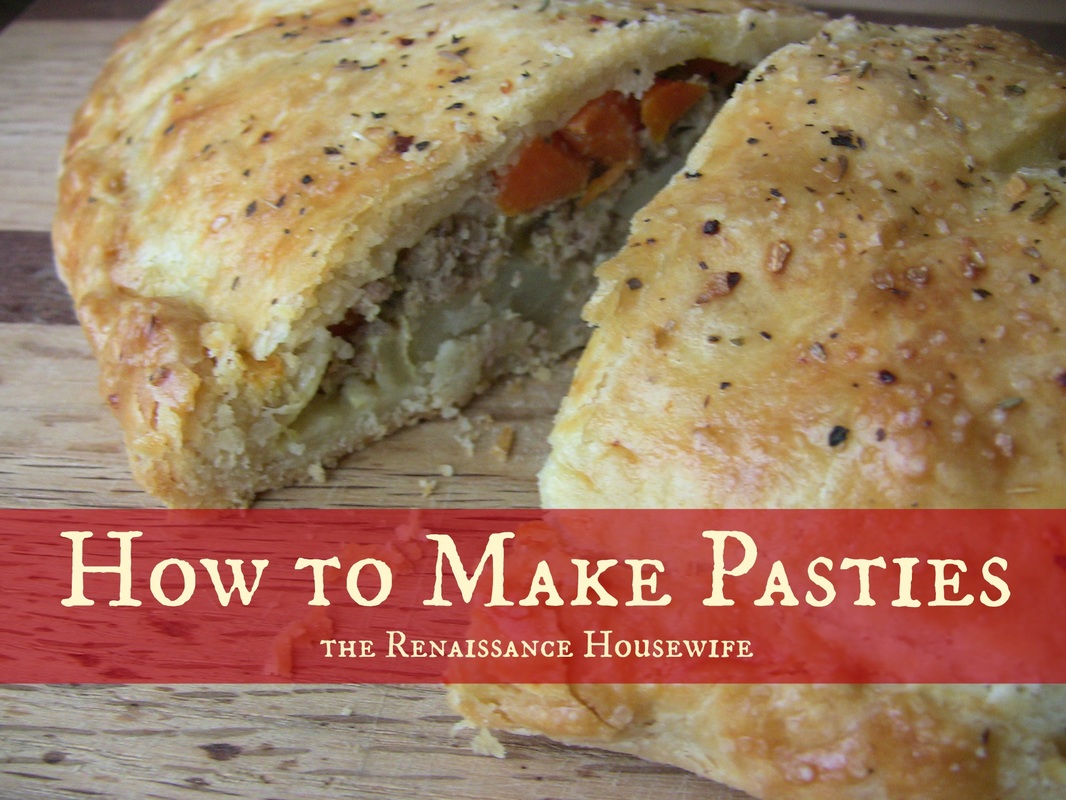
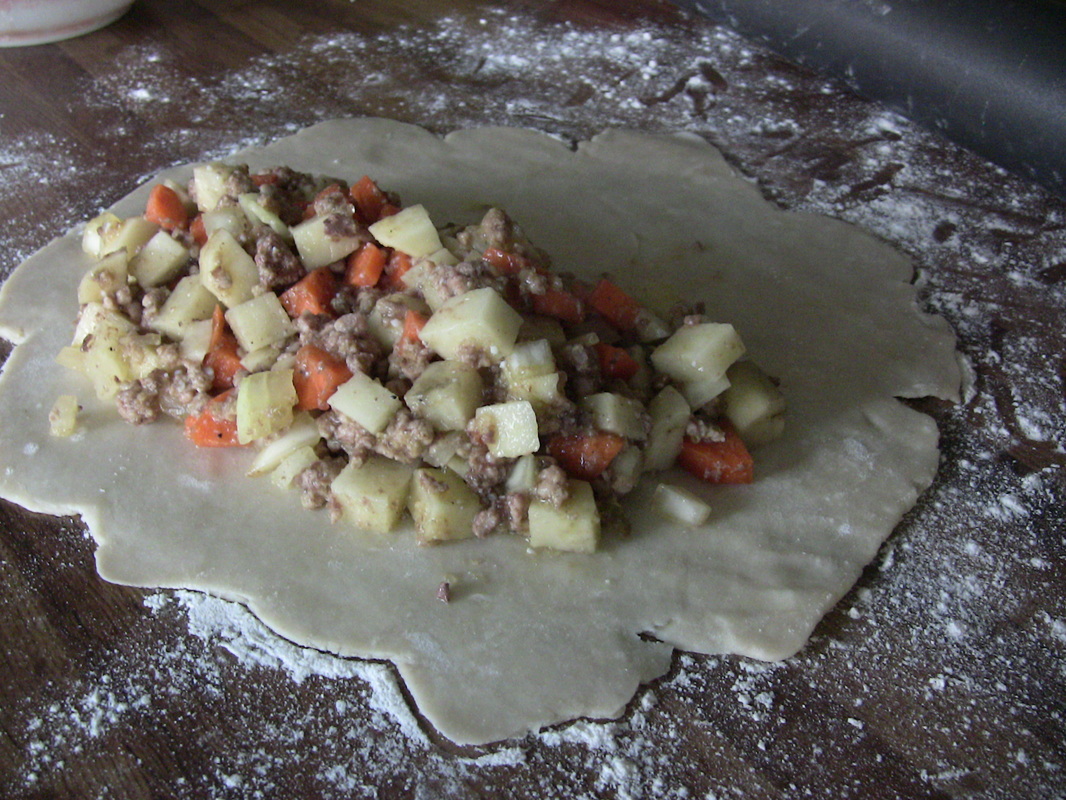
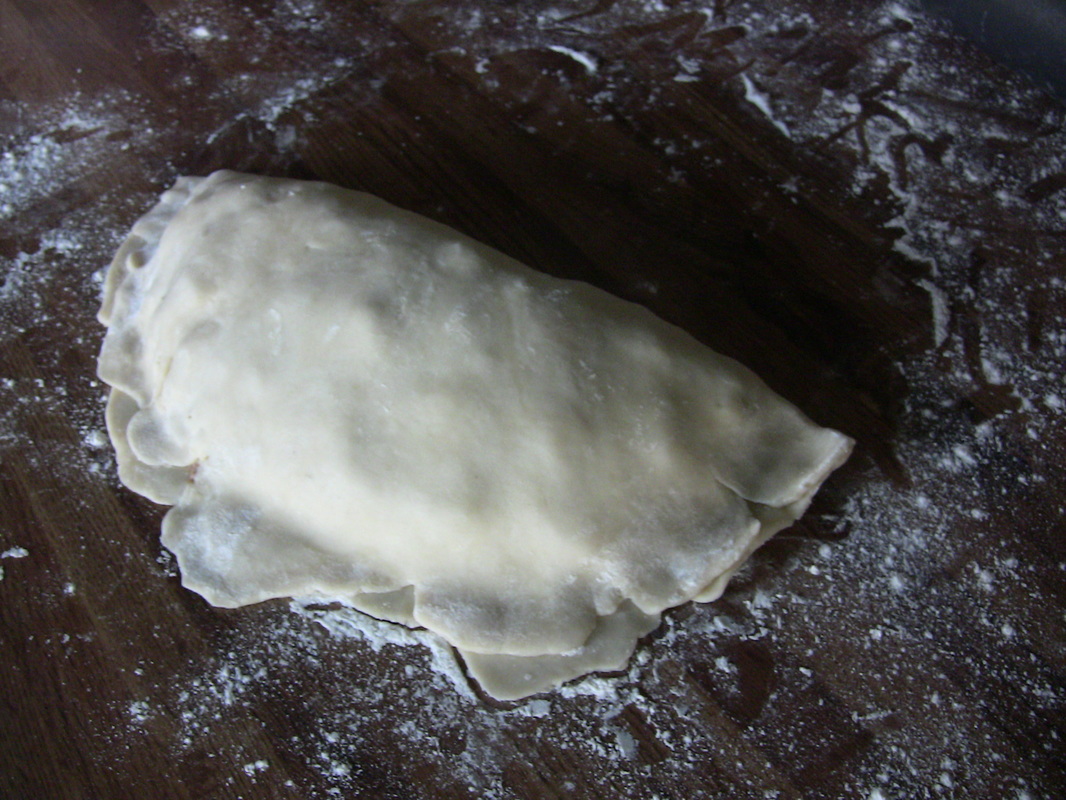
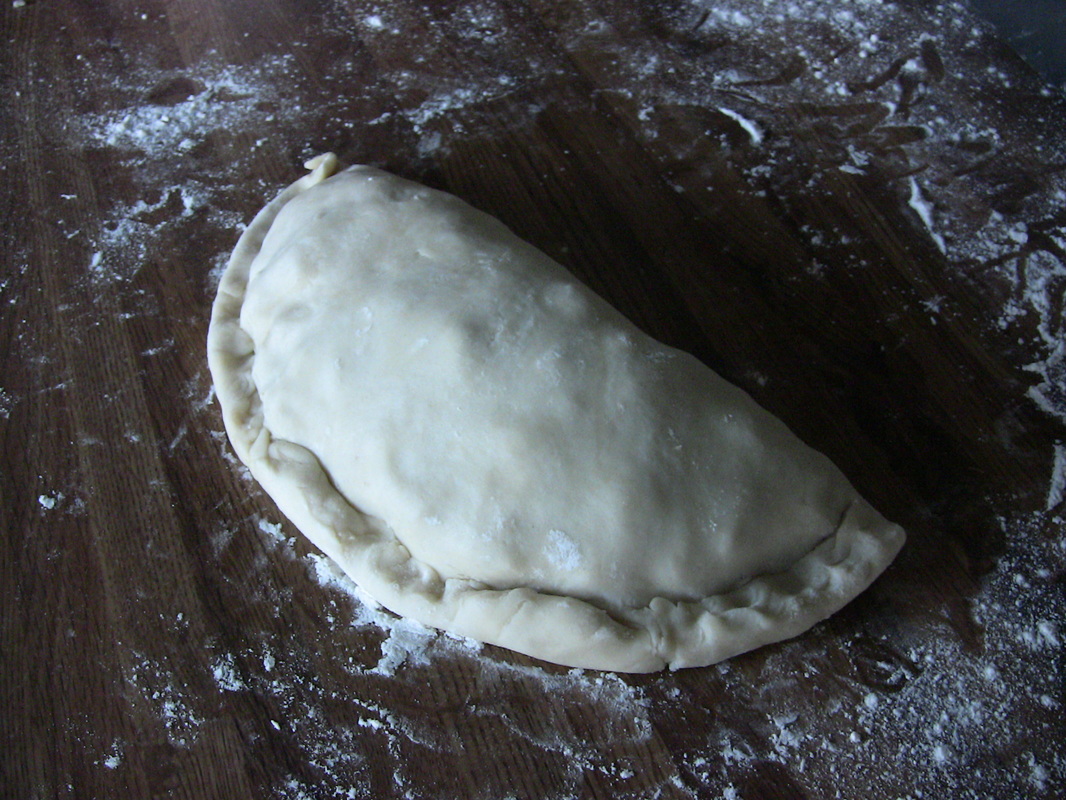
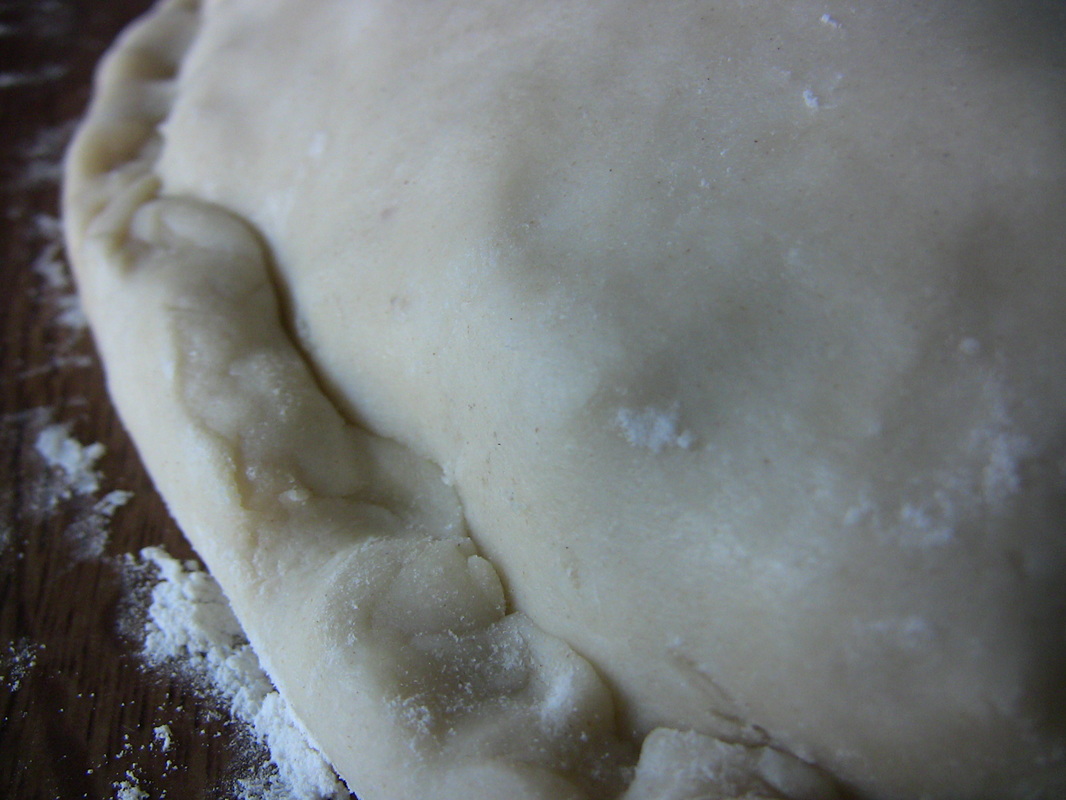
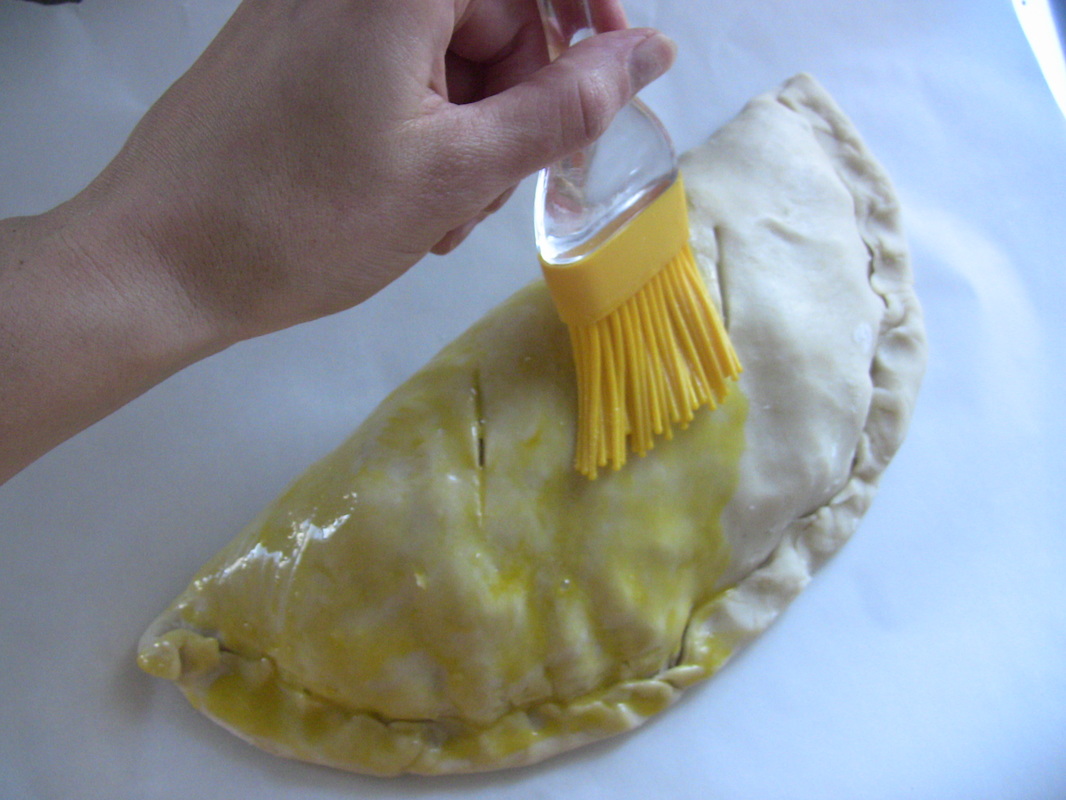
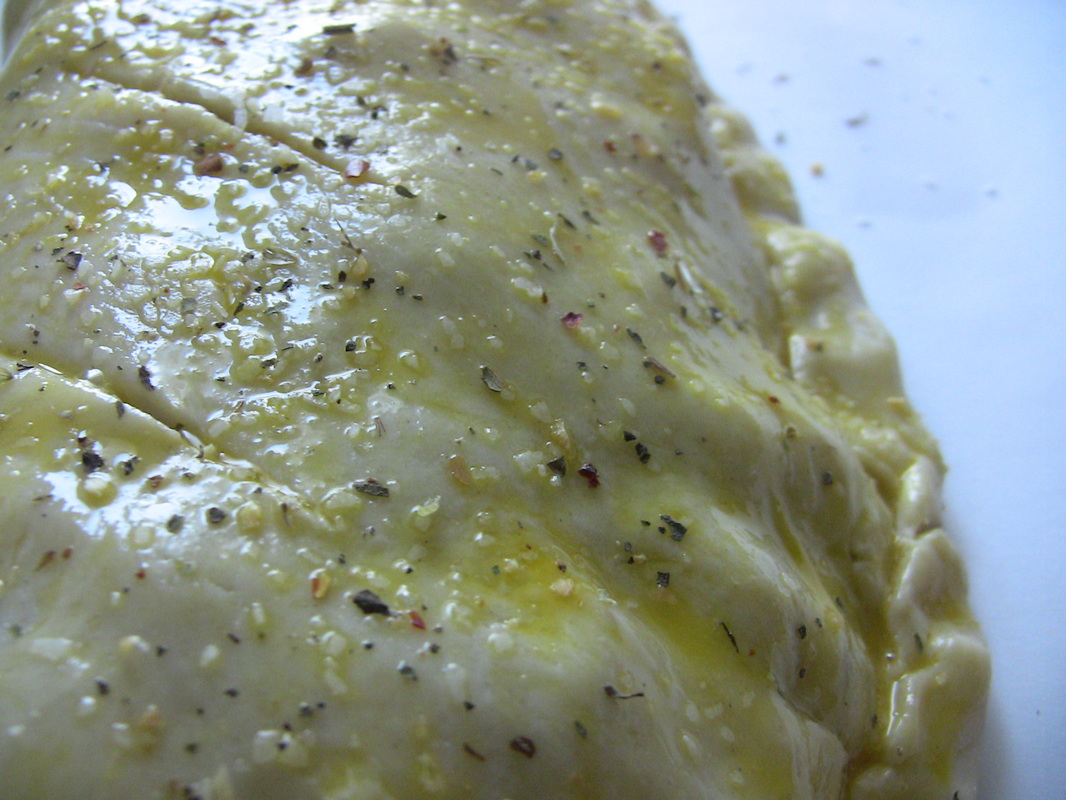
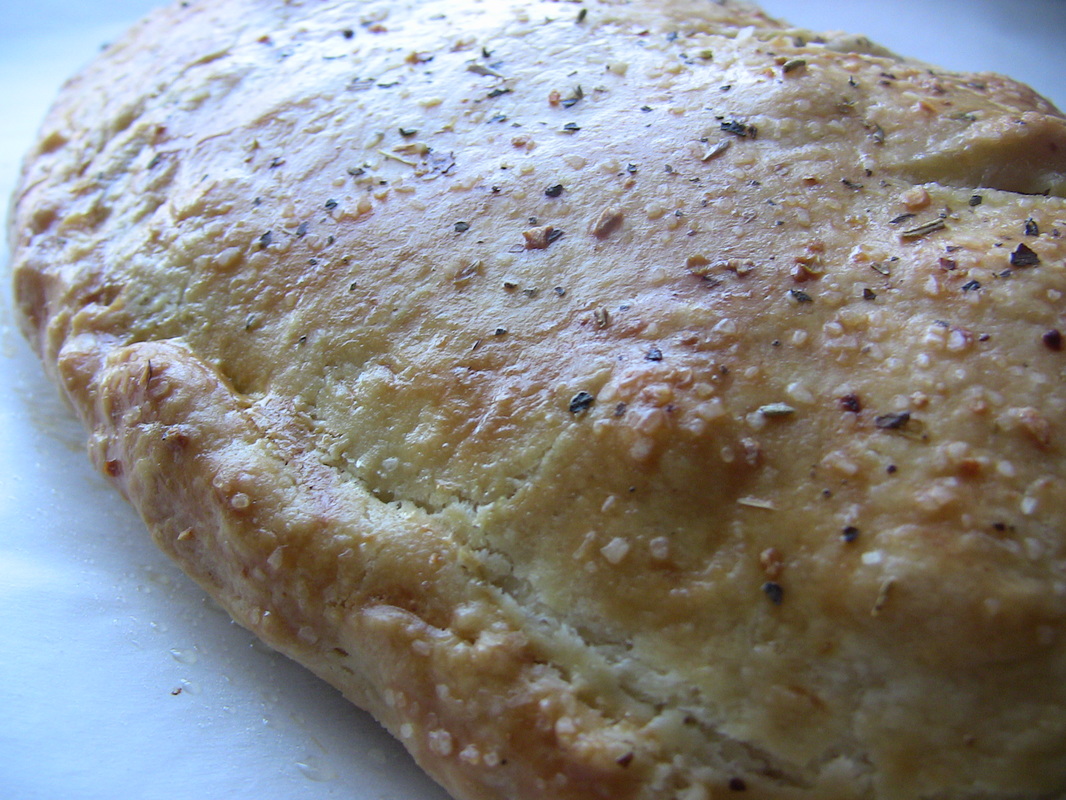
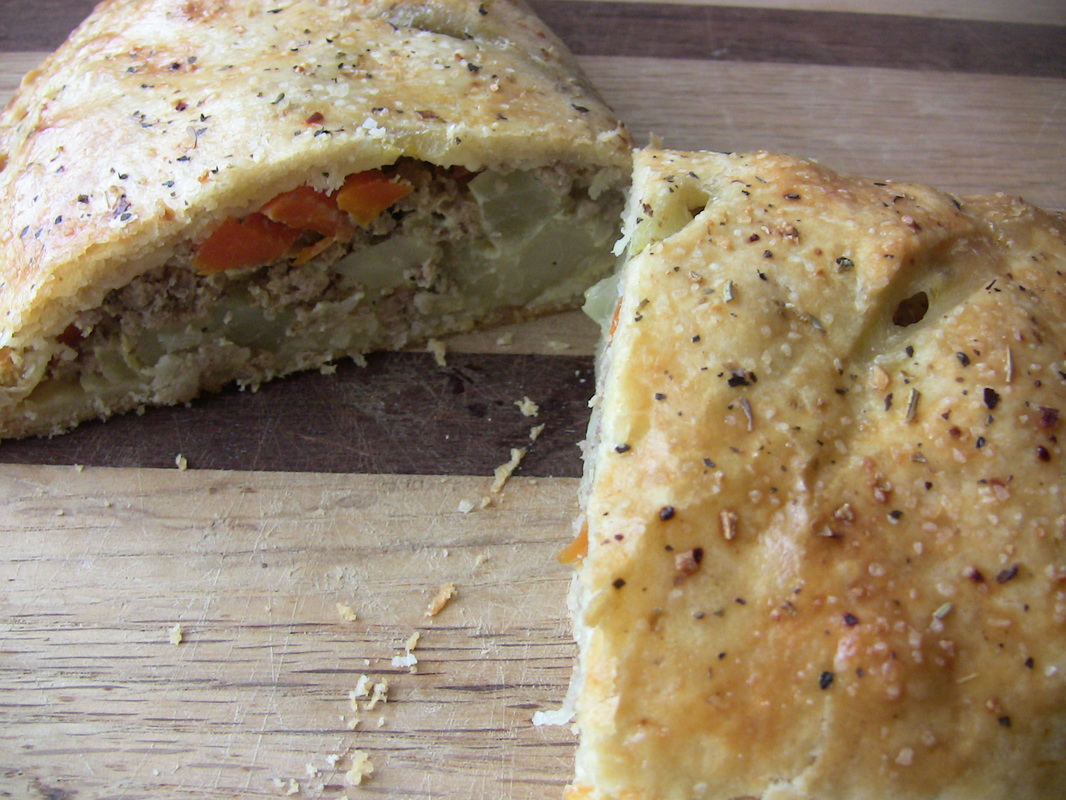
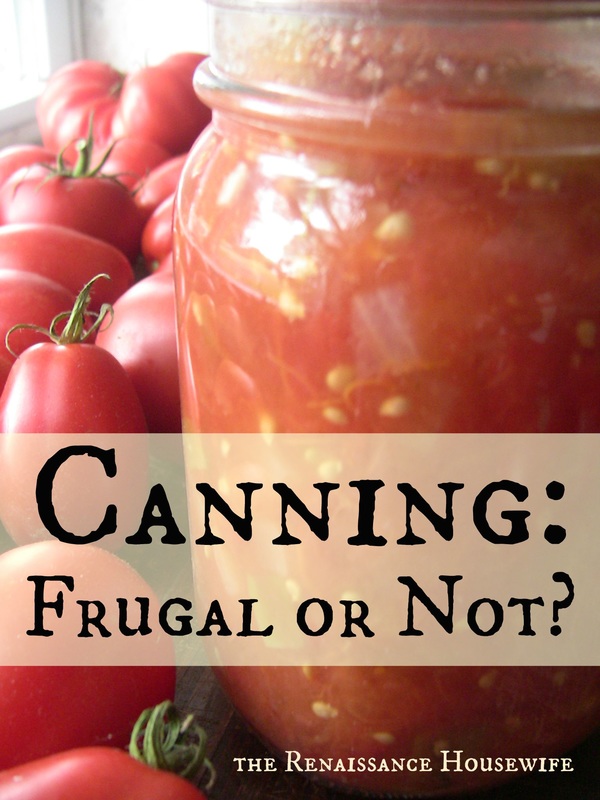
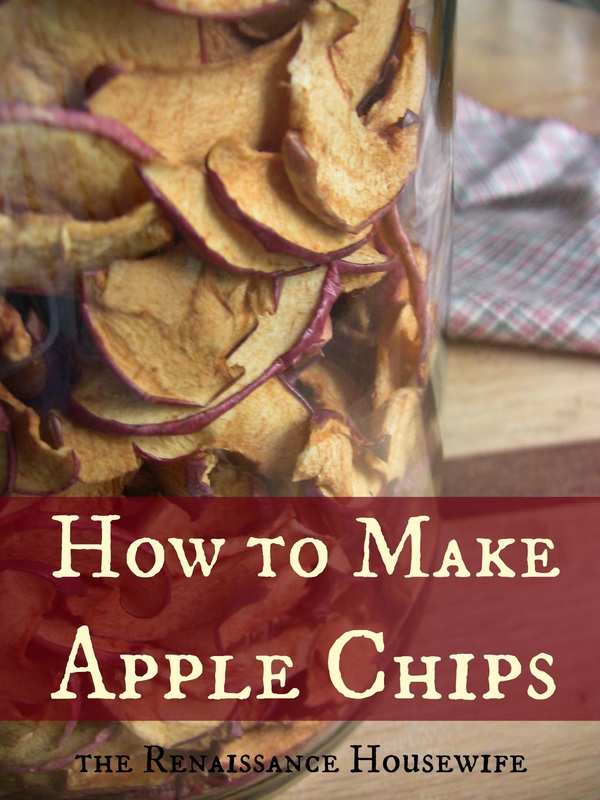
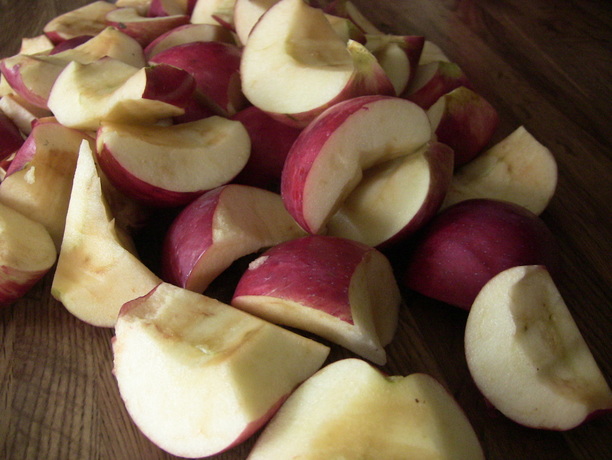
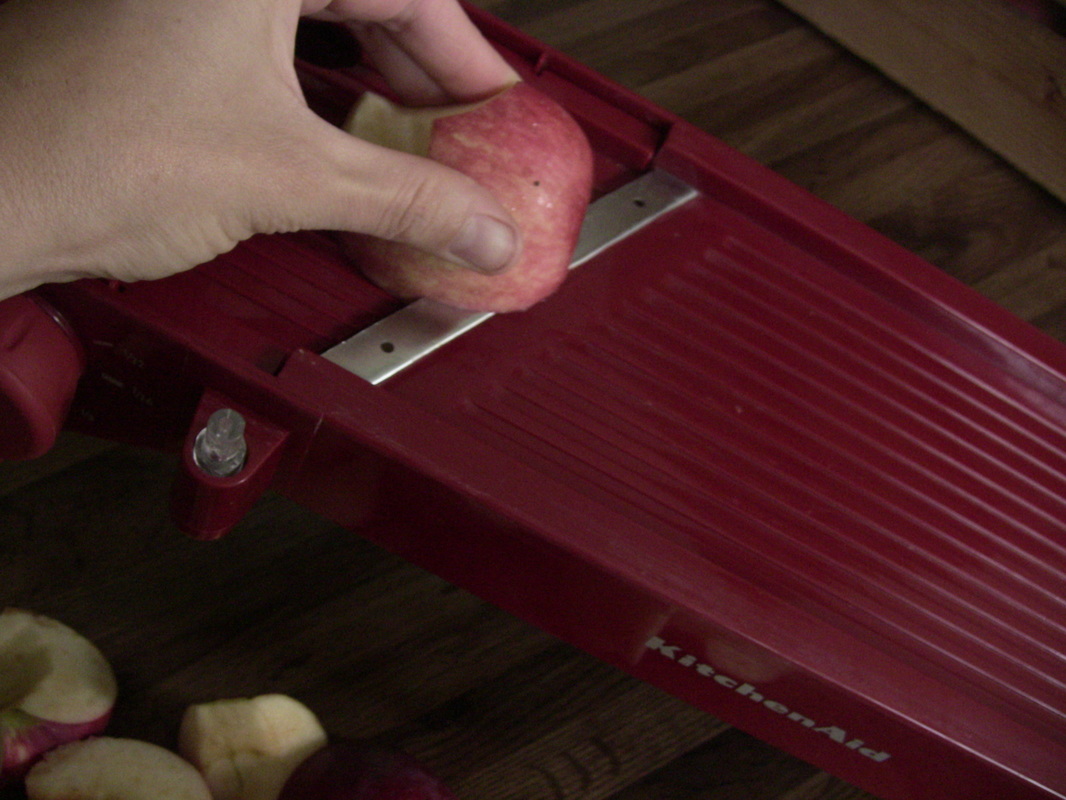
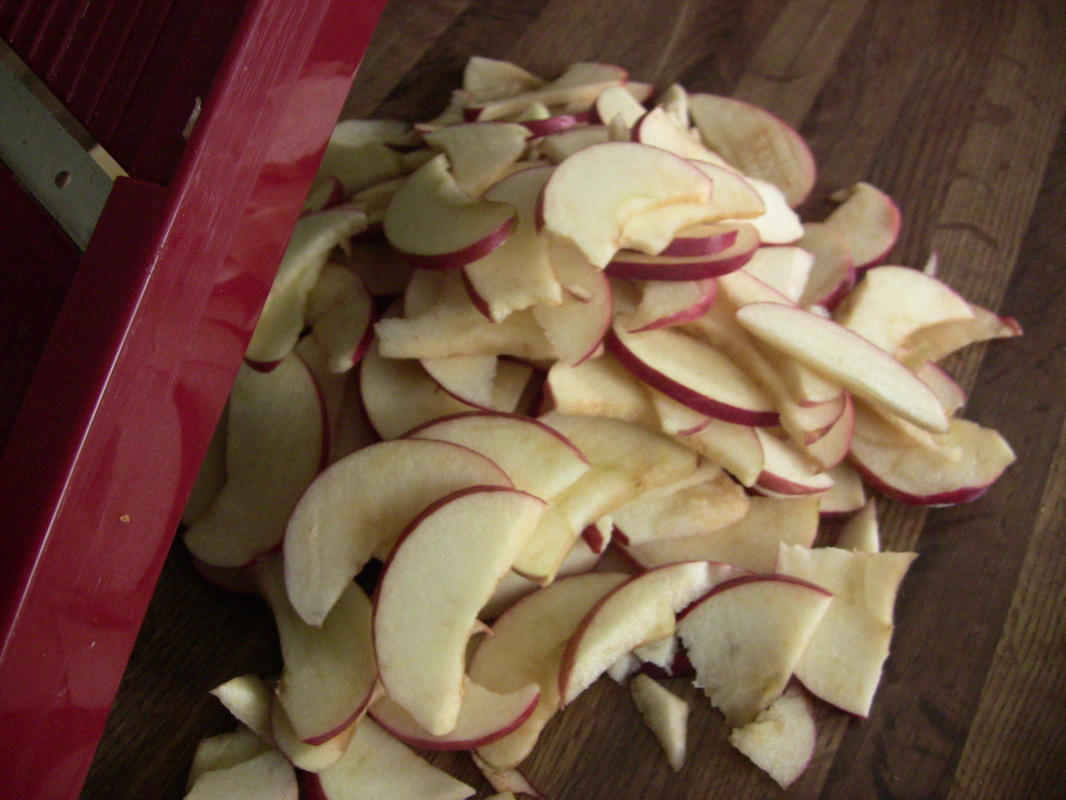
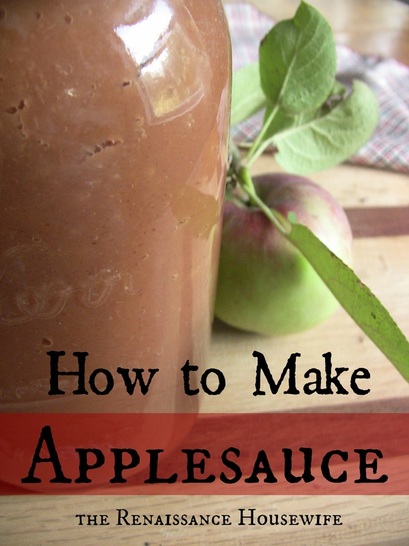
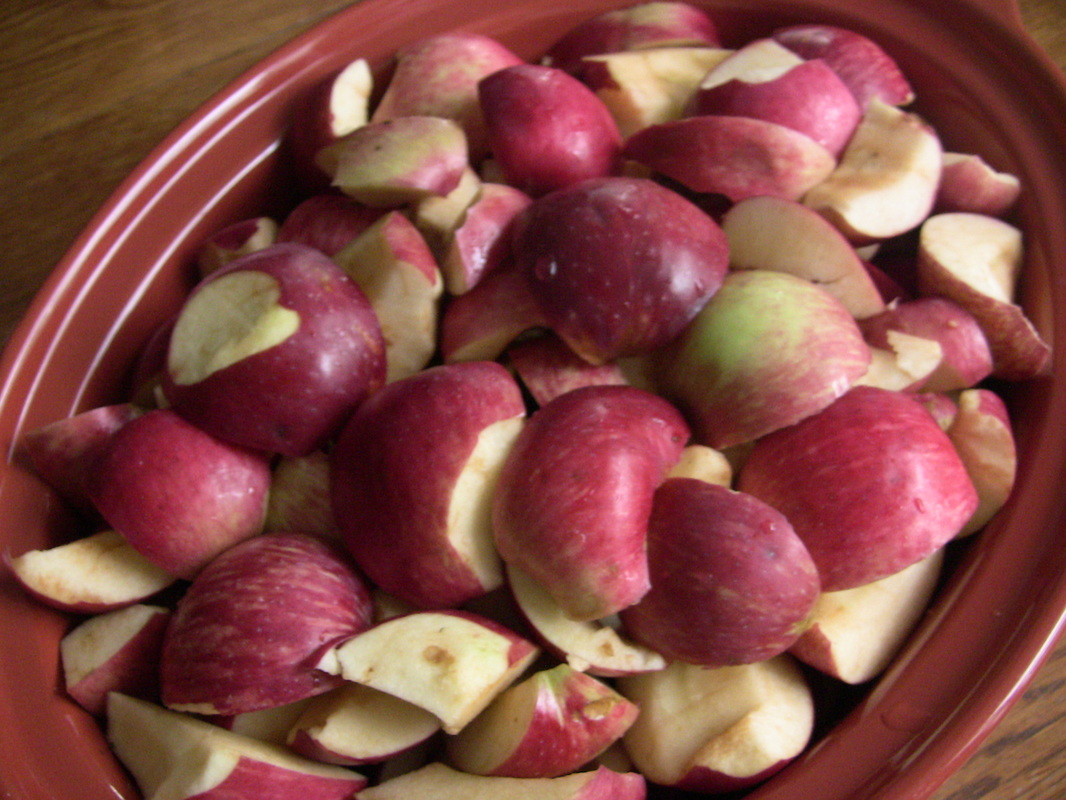
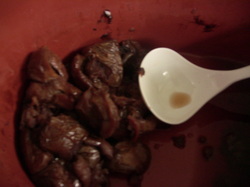
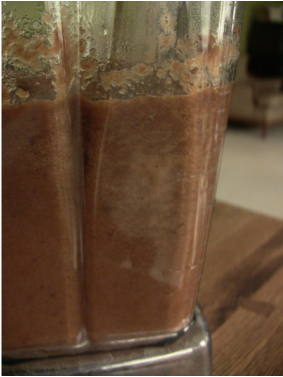
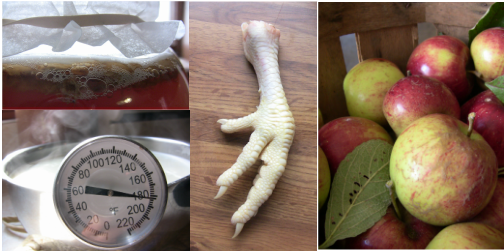


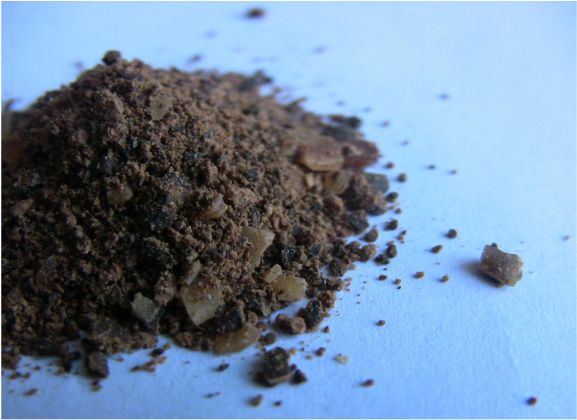
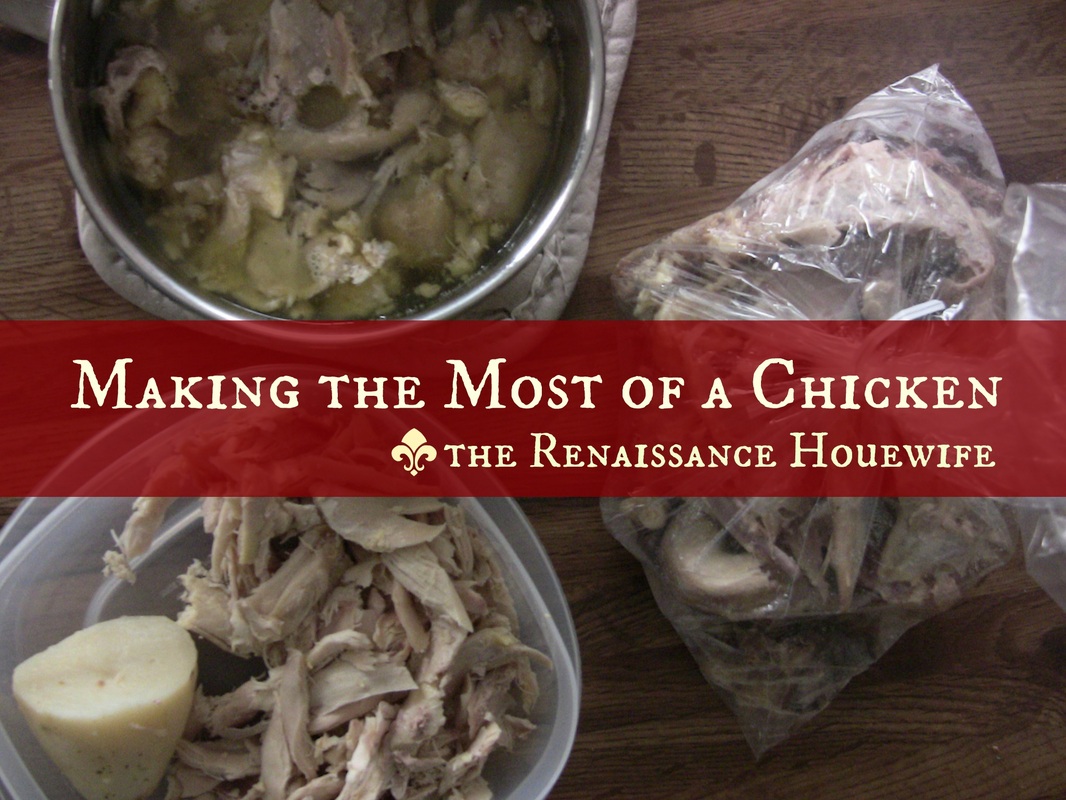
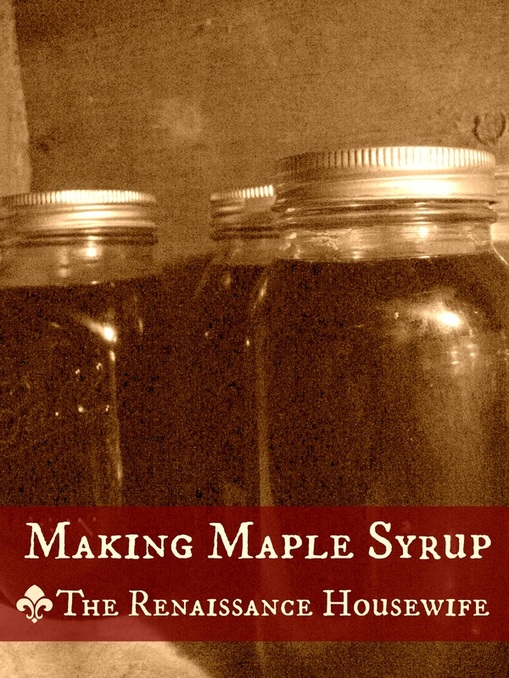
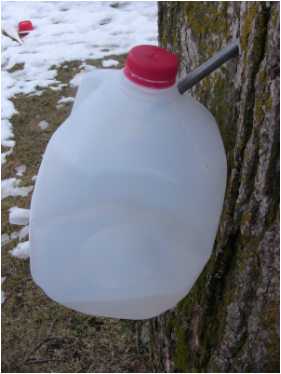

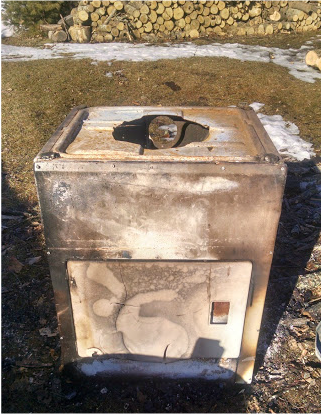


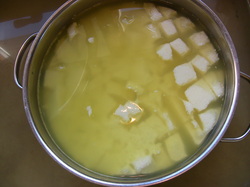
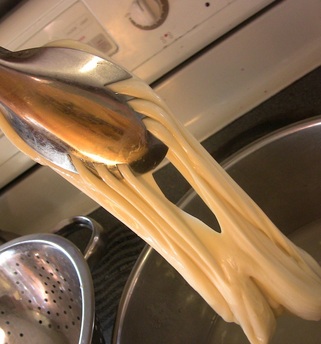
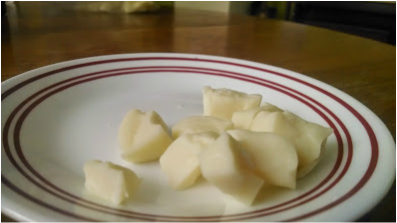

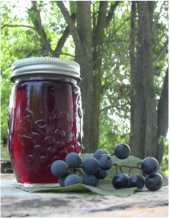


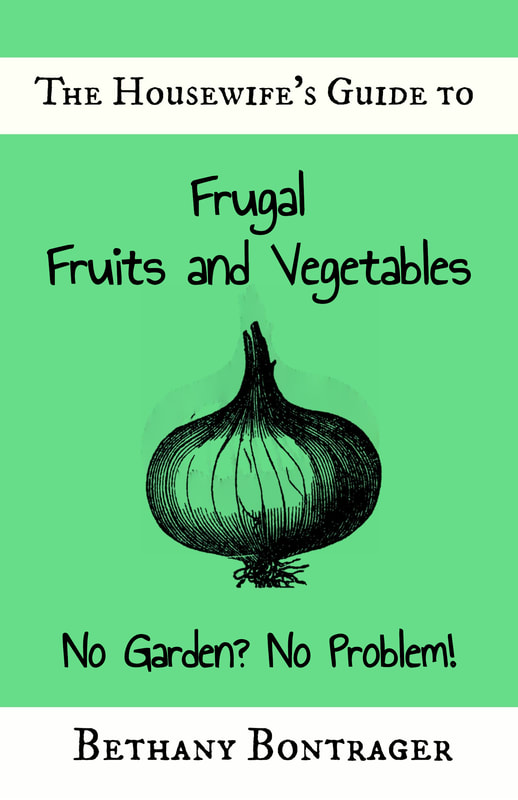

 RSS Feed
RSS Feed

